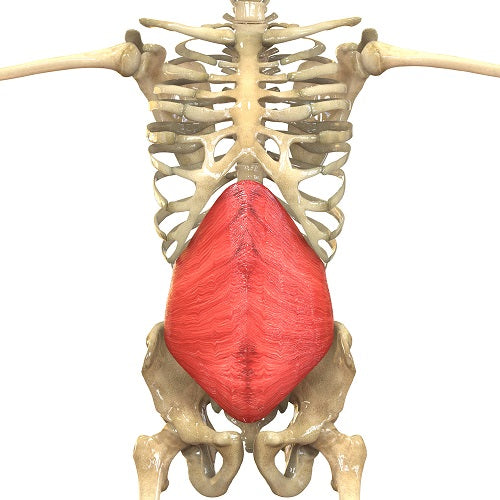
Muscle Anatomy
transverse abdominis
Transverse Abdominis Provide the anatomy of the Transverse Abdominis muscle in the following format, using these tiltles : short description about location and size, origin, insertion, function. Please do not use bullets in the description.
Location and Size:
The transverse abdominis muscle is located in the anterior abdominal wall, forming the deepest layer of the abdominal muscles. It is a broad and flat muscle that spans horizontally across the abdomen.
Origin:
Originating from the inguinal ligament, iliac crest, thoracolumbar fascia, and the costal cartilages of the lower ribs (T7-T12), the transverse abdominis takes its starting point from the bony and ligamentous structures surrounding the abdominal region.
Insertion:
The muscle inserts into the linea alba, which is a fibrous band running along the midline of the abdomen. Additionally, it inserts into the pubic crest and the pecten pubis via the conjoint tendon. This insertion site establishes a connection with the connective tissue in the midline and the pelvic region.
Function:
Functionally, the transverse abdominis is a key muscle for abdominal wall stability. It plays a crucial role in compressing the abdominal contents, providing support to the internal organs, and assisting in the control of intra-abdominal pressure. Additionally, the muscle is involved in forced expiration and acts as a corset for the waist, contributing to trunk stabilization and posture. The transverse abdominis is particularly active during movements that require core stability, such as lifting, bending, and maintaining an upright posture.
transverse abdominis
Exercises
Most often the respiratory system, more specifically, the inspiratory and expiratory muscles, are not thought to be trainable except through aerobic type activities.
This, however, is only partially true. The respiratory system muscles can also be strengthened with specific strength training exercises.
Volume 12 - The Respiratory System of our Kinesiology of Exercise Ebooks is a first for a book on strength training for the respiratory system.
